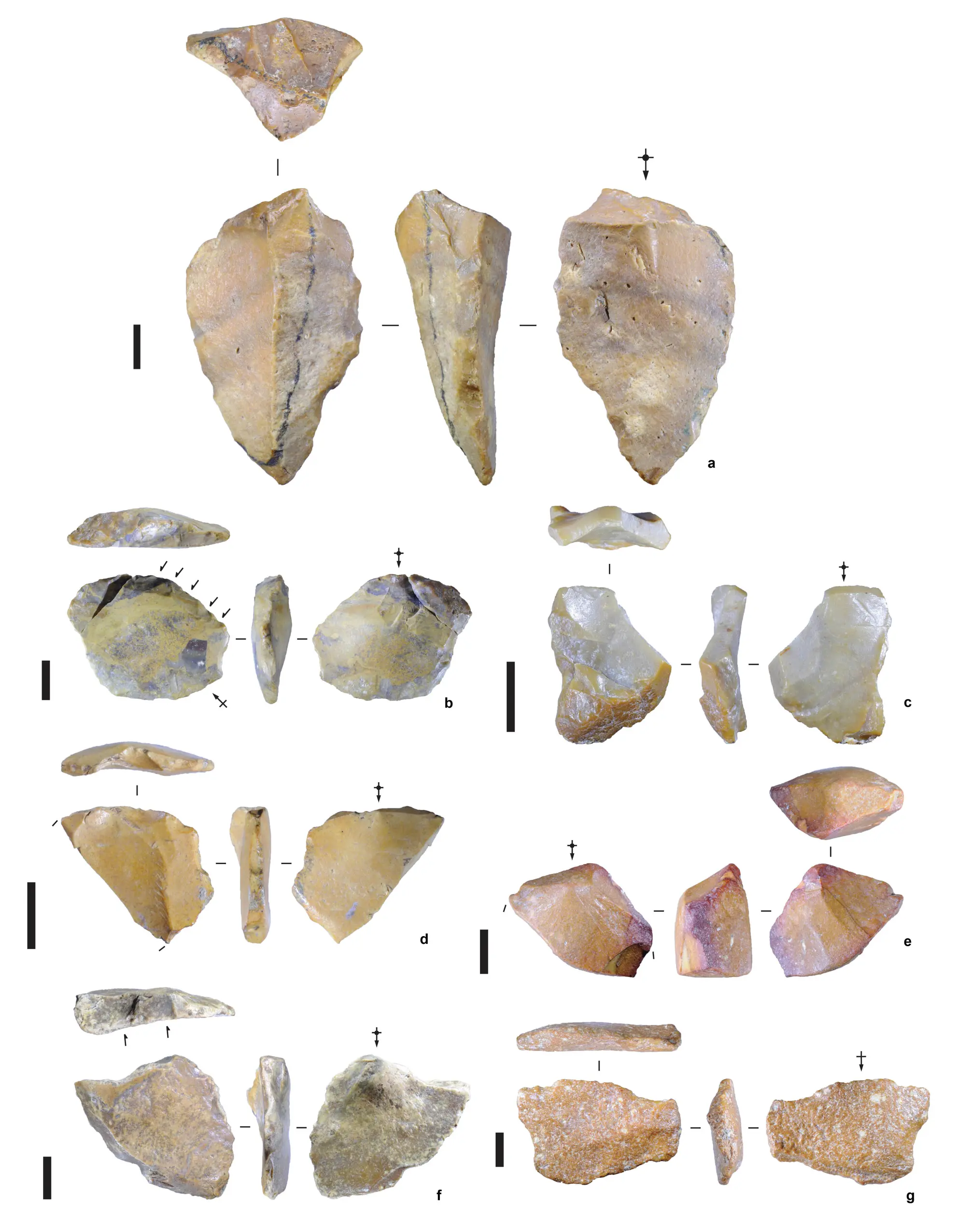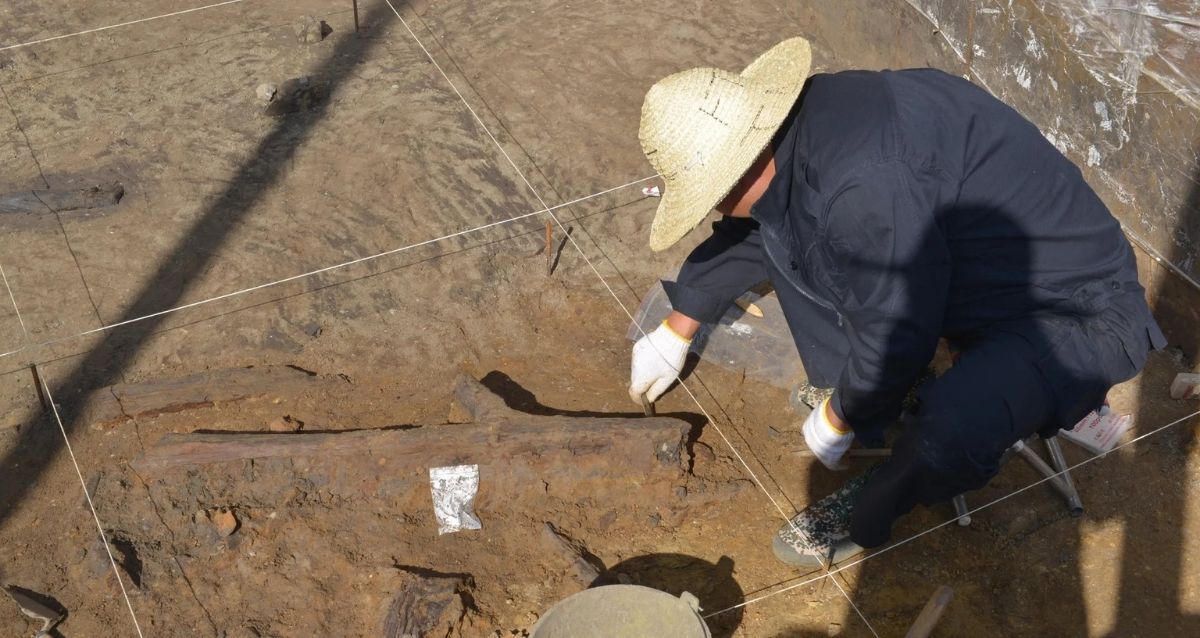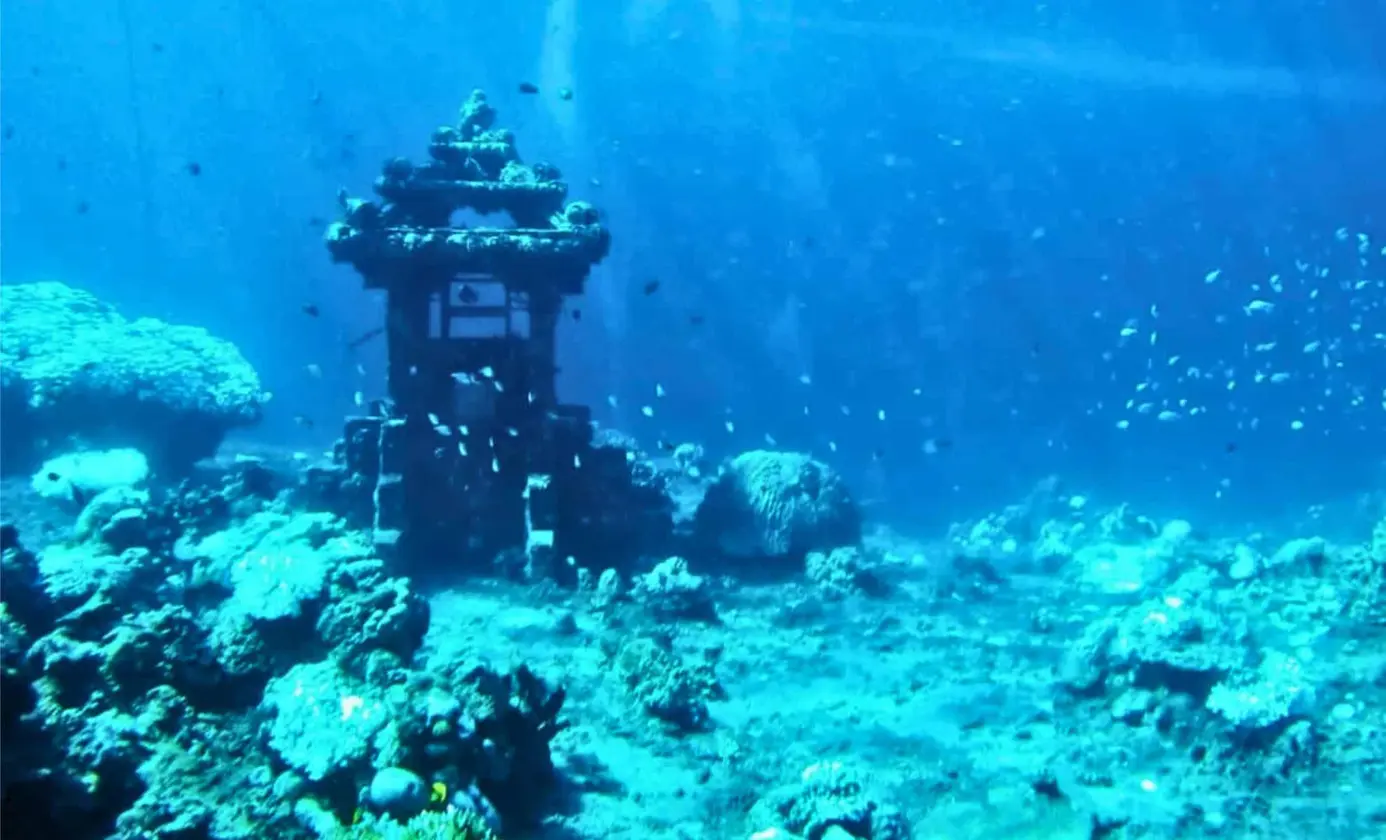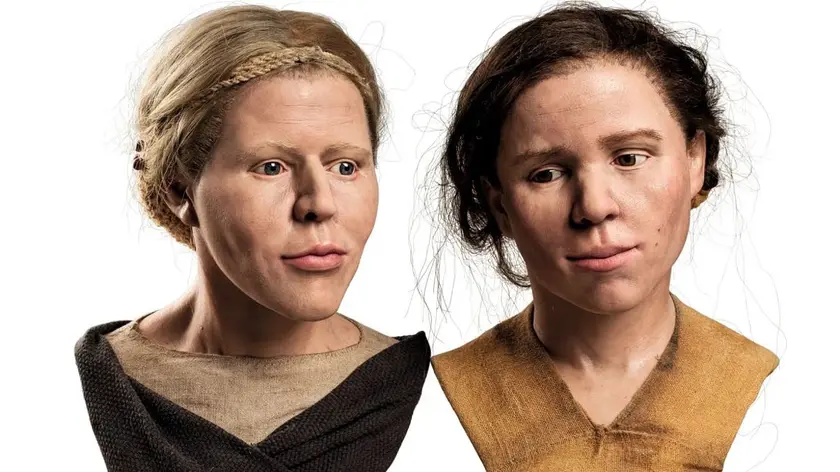T4K3.news
Ancient human tools found on Sulawesi
Stone tools discovered on Sulawesi show early humans were present over 1 million years ago.

Researchers have uncovered stone tools indicating early human presence on Sulawesi over a million years ago.
Discovery of ancient tools reveals early human presence on Sulawesi
Researchers from Griffith University have made a significant discovery on the Indonesian island of Sulawesi. They found stone tools dating back at least 1.04 million years at the Calio site. This indicates that early hominins crossed deep-sea waters to reach the island much earlier than previously thought. The excavation was led by Budianto Hakim of Indonesia's National Research and Innovation Agency and Professor Adam Brumm from Griffith University. The tools were retrieved from sedimentary layers in a cornfield, suggesting that this area was once a site for tool-making and likely hunting activities, near a river channel. These artifacts consist of small stone fragments that early humans used for creating tools, showing advanced skills. This finding adds to earlier evidence of hominin presence in the Wallacea region, particularly at sites like Wolo Sege and Talepu, marking a rich history of human adaptation in diverse island environments.
Key Takeaways
"This discovery adds to our understanding of the movement of extinct humans across the Wallace Line."
Professor Brumm highlights the significance of the findings in understanding human migration in early history.
"If hominins were cut off on this huge and ecologically rich island for a million years, would they have undergone the same evolutionary changes as the Flores hobbits?"
Professor Brumm questions how isolation may have affected evolution on Sulawesi, indicating its potential diversity.
The recent discovery on Sulawesi opens new avenues for understanding early human migration patterns across the Wallace Line. The tools indicate that our ancestors were far more adventurous than previously recognized. The mystery remains about whether these tool-makers eventually evolved similarly to the hobbits of Flores or took a different evolutionary path. As researchers continue to probe the implications of these findings, they underscore the complexity of human adaptation in unique ecosystems. Such discoveries challenge simplified narratives of migration and adaptation, instead painting a picture of dynamic, multifaceted human histories across island landscapes.
Highlights
- Hominins crossed oceans long before we thought they could.
- What's next for our understanding of ancient human migration?
- A million years ago, early humans were already making tools in Sulawesi.
- The identity of the first tool-makers on Sulawesi remains a mystery.
Potential risks surrounding the discovery
The discovery of ancient tools raises intriguing questions about human evolution and migration, but it also brings risks of public controversy over interpretations regarding our ancestors. Each new finding can provoke varied reactions from scholars and the public alike, potentially leading to debates on how we view our past.
Future research may reveal more about the evolutionary journey of these early hominins.
Enjoyed this? Let your friends know!
Related News

Ancient wooden tools discovered in China

Bronze Age sheep reveals ancient plague path

New findings reveal connections between humans and Neanderthals

Ancient fossils discovered in Indonesian Sea

Faces of ancient sisters revealed in new study

Ancient Australopithecus Lived Beside Early Homo 2.6 Million Years Ago

New Theory Rewrites Human Evolution History

Neanderthal butchering methods varied by group
